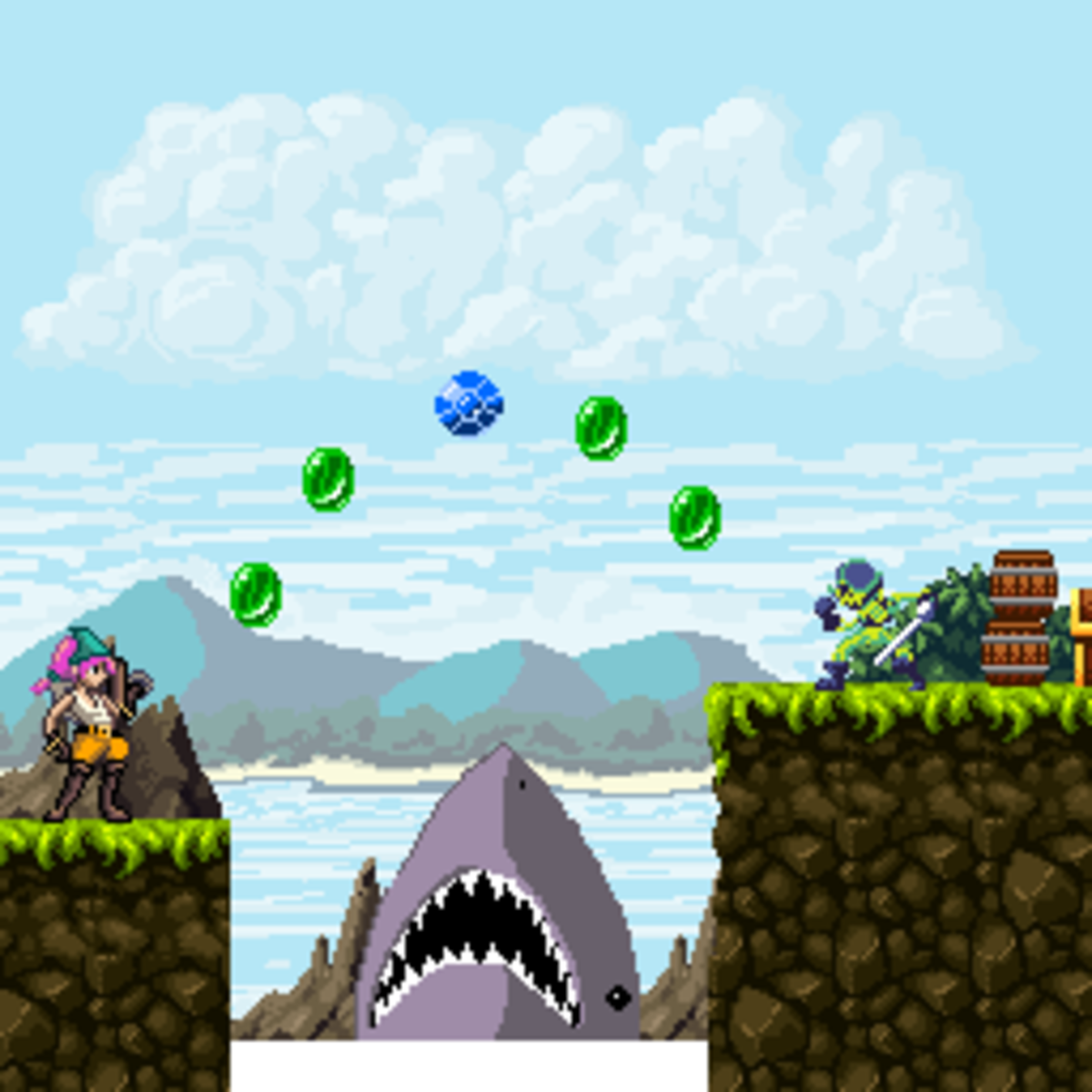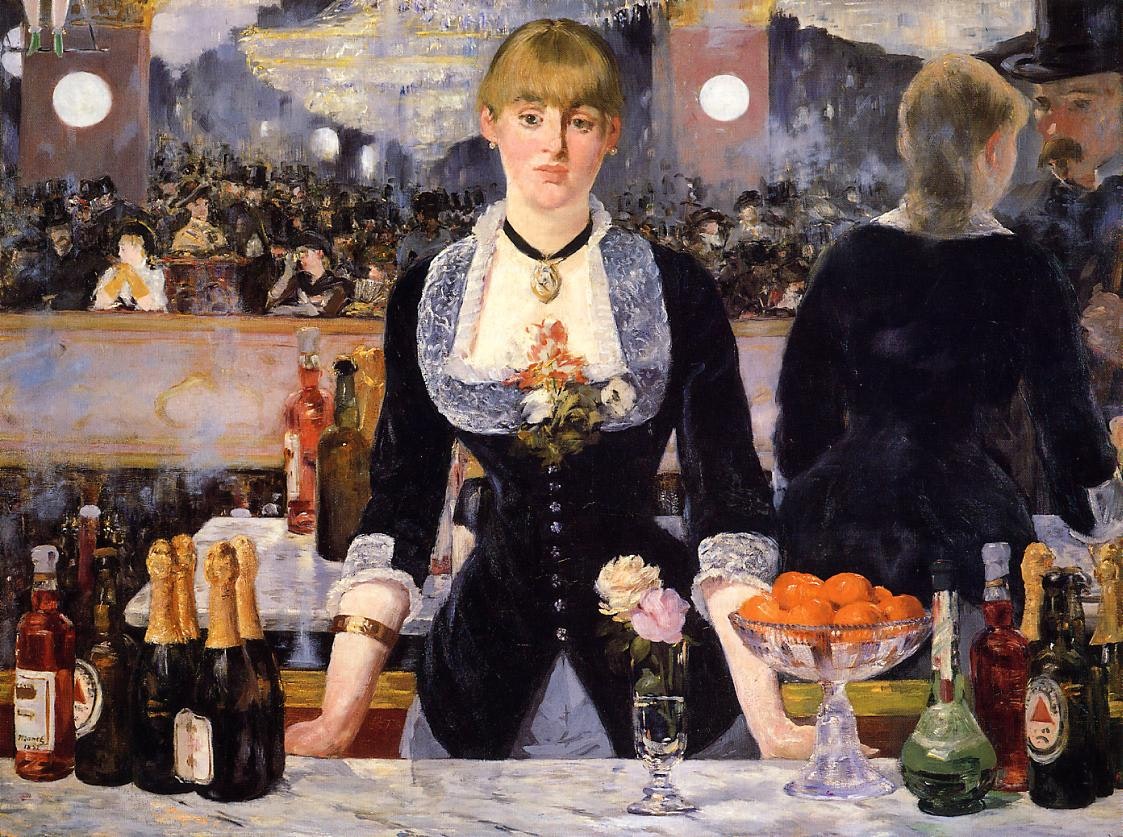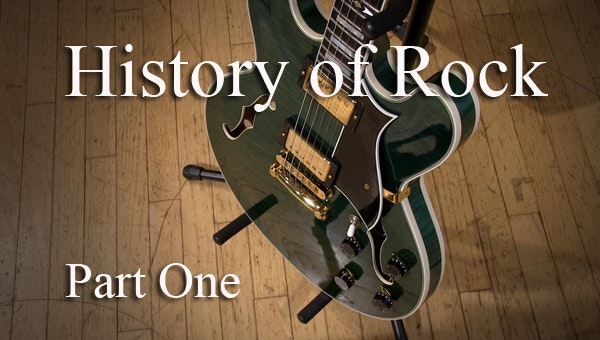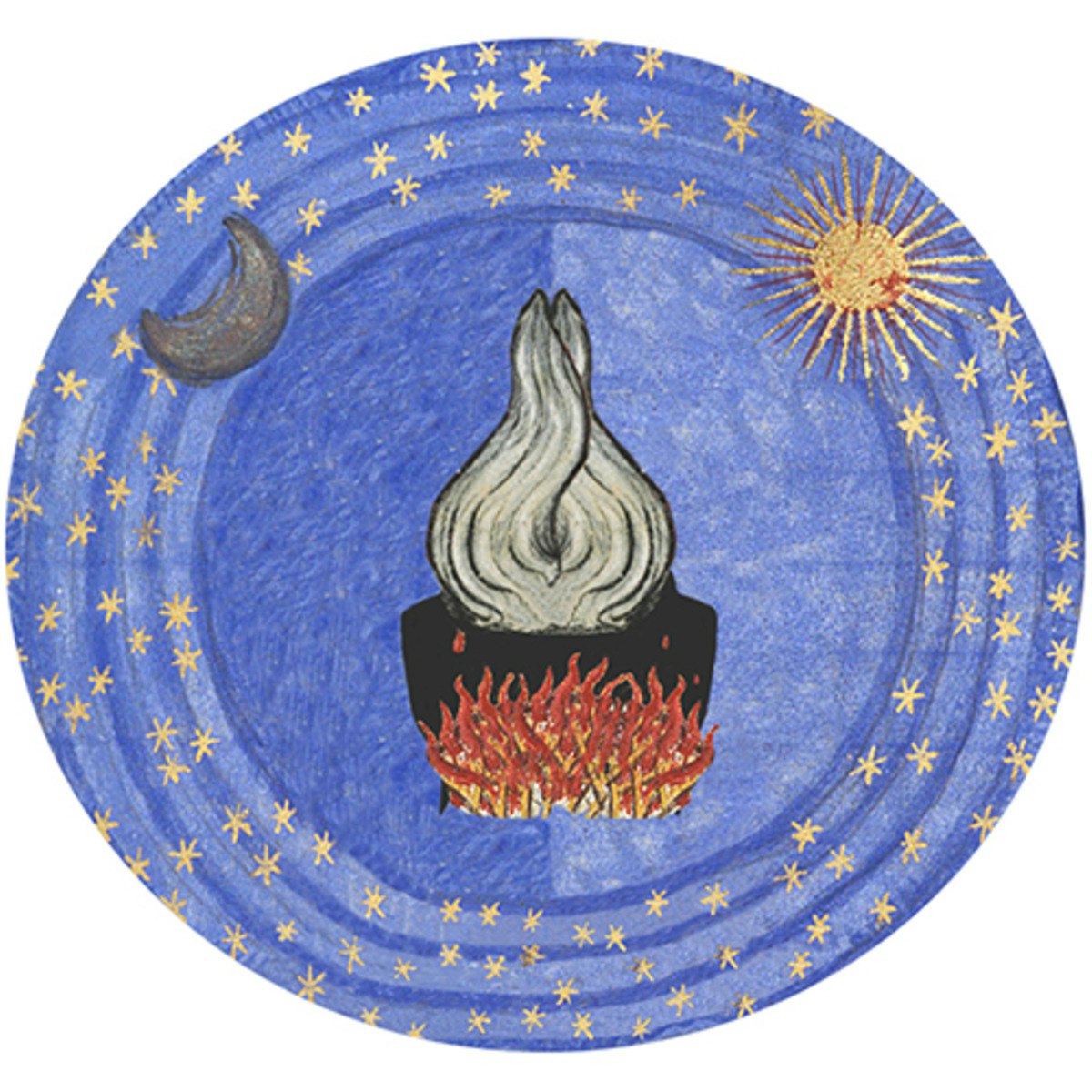Back to Courses









Arts And Humanities Courses - Page 40
Showing results 391-400 of 464
Pixel Art for Video Games
This course is aimed to give you the tools and knowledge you need to start creating simple art for video games made in the Unity game engine. Through the aesthetic of pixel art we will explore artistic principals like shape language, color theory, and composition as well as show you a step by step workflow for creating assets that you can use to make your own games. The course is broken into 4 main modules, props, environments, characters, and animation. Each of these courses will have a series of video lessons alternating between artistic and technical skills culminating in a peer-reviewed project based assignment. The last module will challenge you to take the knowledge learned in the previous 4 and use it to create your own pixel art asset pack.
This course is aimed at art novices who are interested in creating art for their own games or contributing to game projects. If you are a game designer or programmer, you will find this course helps give you a glimpse into the world of game art. You will be able to better work with artists, or create your own prototype or final artwork. If you are an artist or visual designer who is interested in bringing your style to the world of video game development, this course will give you the workflow to properly interface with a game engine and help contextualize how your artistic sensibilities can enable gameplay.
If you have ever wanted to start making art for video games but have no idea how to start, this course is the perfect for giving you a solid foundation while teaching you usable practical skills. Our goal is to give you a sense of the whole pipeline from creation to setting up in a game engine.

Creative Writing: The Craft of Plot
In this course aspiring writers will be introduced to perhaps the most elemental and often the most challenging element of story: plot. We will learn what keeps it moving, how it manipulates our feelings, expectations, and desires. We will examine the choices storytellers make to snag our imaginations, drag them into a fictional world, and keep them there. We will learn how to outline and structure a plot, discuss narrative arc, pacing and reversals and reveal the inevitable surprise: connecting the beginning, middle and end.

Creative Writing: The Craft of Style
Your style is as unique and distinctive as your face, your voice, except that you can choose it, you can can work on it, enhance it. In this course we will introduce aspiring writers to the art of putting pressure on written language. We will study the use of metaphor and imagery, and demonstrate how clarity, grace, and inventiveness in word choice are imperative to a story’s success. Writers will emerge with the revision skills essential to all writers of good stories and good prose.

The Modern and the Postmodern (Part 2)
This course examines how the idea of "the modern" develops at the end of the 18th century in European philosophy and literature, and how being modern (or progressive, or hip) became one of the crucial criteria for understanding and evaluating cultural change. Are we still in modernity, or have we moved beyond the modern to the postmodern?

Brand Identity for Ecological Brand using Adobe Illustrator
By the end of this project, a brand identity for an Eco-friendly brand called Green Steps will be designed. So as a result, in this brand identity, a logo and its variations, a pattern and a color palette will be designed.
Then these brand elements will be implemented on a mock-up of the grocery bag, letterhead, envelope, notebook, business card, tablet, and employee tag. Then the final stage will be designing a mood-board that includes all the brand elements and the mock-up of the grocery bag.
This is to showcase the client the brand’s mood and how the final outcome will look like at the end.
This project is for intermediate graphic designers that are interested in branding and logo designing, who already have the basics of Adobe illustrator.
As a designer, learning to create a brand identity will help you in your career, as everyday new brands are willing to join the market and need the help of designers to create a unique identity to their brands, in order to be able to stand up in the market.
Moreover, implementing this brand identity on a mock-up and a mood-board will help you as designer to present your ideas and designs to the client, thus giving them a realistic image on the brand’s final outcome.

What is news?
This course will guide you through the basic elements of professional journalism and the news values and ethics of covering real-world issues and events. The overview and examples of the types of news coverage helps introduce the different types of journalism, such as social media, multimedia, print, visual and broadcast, and how professional journalists effectively use each format.

How to align and distribute with Adobe Illustrator
During this project, you’ll use the Align and Distribute panel in Adobe Illustrator to create a poster of solar eclipse phases. You’ll use align and distribute commands to get precise control over the position of each object, relative to the artboard and relative to other vector objects.
By the end of this project, you’ll be comfortable aligning vector objects and text to create clear, informative, and interesting compositions.

History of Rock, Part One
This course, part 1 of a 2-course sequence, examines the history of rock, primarily as it unfolded in the United States, from the days before rock (pre-1955) to the end of the 1960s. This course covers the music of Elvis Presley, Chuck Berry, Phil Spector, Bob Dylan, the Beatles, the Rolling Stones, Jimi Hendrix, Cream, and many more artists, with an emphasis both on cultural context and on the music itself. We will also explore how developments in the music business and in technology helped shape the ways in which styles developed.
Rock emerged in the mid 1950s as a blending of mainstream pop, rhythm and blues, and country and western--styles that previously had remained relatively separate. This new style became the music of the emerging youth culture and was often associated with teen rebellion. We will follow the story of how this rowdy first wave of rock and roll (1955-59) was tamed in the early 60s but came roaring back with the Beatles and the Rolling Stones and then went psychedelic by the end of the decade.

Magic in the Middle Ages
Magical thought has always attracted human imagination. In this course we will introduce you to the Middle Ages through a wide conception of magic. Students will have an approach to medieval culture, beliefs and practices from the perspective of History and History of Science. Popular magic, as well as learned magic (alchemy, geomancy and necromancy) will be addressed. Moreover, we will also deal with how eastern practices and texts influenced western culture. In July 2016, the course will contain a brand-new module devoted to astrology. Magic in the Middle Ages offers a captivating overview of medieval society and promotes reflection about certain stereotypes associated with this period.
At the end of the course, the students:
a) will have overcome the usual prejudices about the Middle Ages,
b) will be able to analyze historical documentation from the Middle Ages and recognize the most common patterns of juridical documents regarding witchcraft, and
c) will be capable of distinguishing between popular magic and the magic of the learned people; will have a notion of which spiritual practices were allowed in medieval Europe and which ones were related to the devil, and will be aware of the link between a cultural product and the society that produced it.
This course is taught in English, although subtitles in English, Catalan and Spanish will also be provided.
COURSE SYLLABUS
Week 1. Introduction to medieval magic (Pau Castell).
Week 2. Magic & Heresy (Delfi I. Nieto-Isabel).
Week 3. From Magic to Witchcraft (Pau Castell).
Week 4. Magic in Islam (Godefroid de Callataÿ and Sébastien Moureau).
Week 5. Astrology & Geomancy (Theo Loinaz, Delfi I. Nieto-Isabel, Godefroid de Callataÿ and Blanca Villuendas).
© Gemma Pellissa Prades (coord.), Delfi I. Nieto-Isabel and Joana Palau Mumany
Magic in the Middle Ages by Gemma Pellissa Prades (coord.), Delfi I. Nieto-Isabel and Joana Palau Mumany is licensed under a Creative Commons Attribution-NonCommercial-NoDerivatives 4.0 International License.

Edit your photos for Social Media with Easil
By the end of this project, you will learn how to edit photos for social media using the free version of Easil. An essential role of your social media marketing strategy is to establish your online identity and to appeal to your users, many times on a lean marketing budget. Outstanding images will help you reach this goal, but you don’t need to be a professional photographer to create Eye-catching images and photo projects. You can use Easil to complete this project because it provides all the tools you need to edit photos for social media while offering a variety of options for sharing and publishing.
Easil makes it possible for everyone to easily create and implement creative edits with online design tools to use when marketing their business.
Popular Internships and Jobs by Categories
Find Jobs & Internships
Browse
© 2024 BoostGrad | All rights reserved